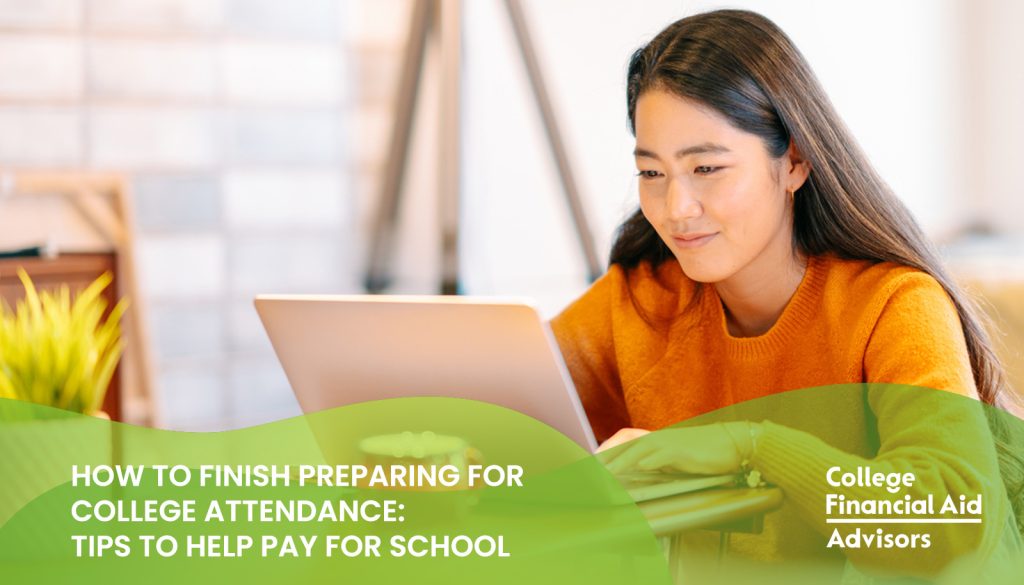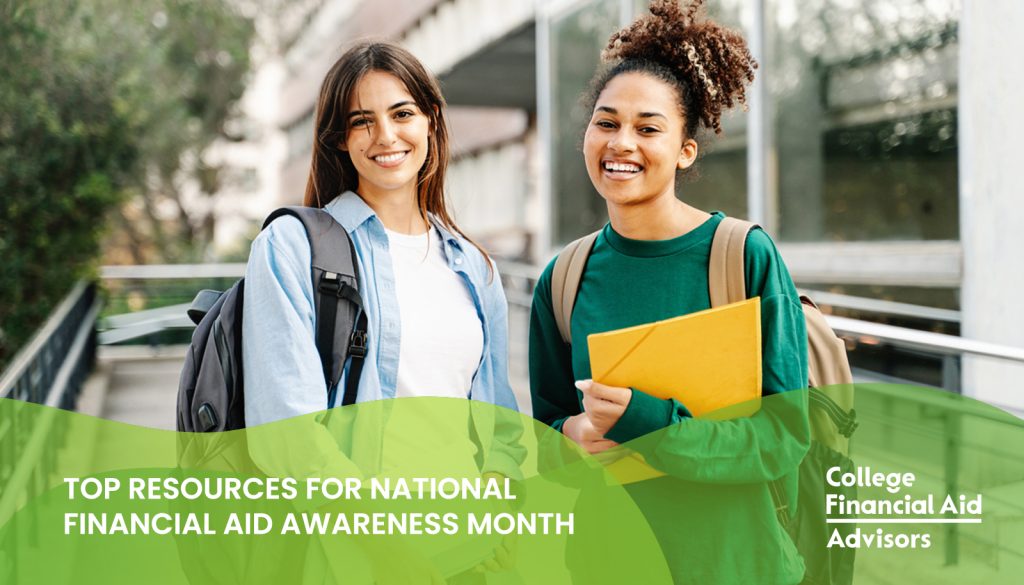Deciphering College Financial Aid Offers: Making the Right Choice for Your Wallet and Education
This time of year is so exciting for high school seniors! Financial aid packages are arriving with acceptance letters – and these students get to start figuring out what their next four years are going to look like. Now that all the paperwork has arrived, you might be feeling the pressure of choosing a college. Unfortunately, time is ticking – even with extended deadlines at some schools due to the FAFSA updates. With most decision deadlines hitting by May 1st (or sometime soon after), it’s crunch time to make the decision of which school you’ll be attending. If you’re stuck between a few options, money might be the deciding factor. Check out these tips to figure out which financial aid package is the real winner! Compare Figures Correctly: When choosing an offer, don’t just pick the college which gave the most financial aid. Instead, get your calculator out and analyze how much it really costs to attend each school. Otherwise, you’re not really looking at the right numbers. Be sure you understand whether you will receive the full amount of your award for the entire four years you attend, too – as this could change costs during your time there. Reread your financial aid letters and determine how much of each package is in federal student loans. Don’t forget that you will eventually have to repay that money, so it doesn’t really lower your costs; it just defers a part of them. Calculate a Bottom Line: List out everything you will have to spend money on including tuition, room and board, fees, travel expenses, and cost of living at each college. Then subtract out the grants and scholarships from individual schools, along with any scholarships you won on your own, for a bottom line net cost figure. See if any schools are expecting you to participate in a work-study program that will provide money within their aid package. You’ll receive funds, but it could reduce the amount of time you have available for your studies – which may not be ideal for all students. Remember: you will be expected to pay for anything that is not covered by financial aid or federal student loans. Ask the Financial Aid Office (if appropriate!): If the bottom line between two schools is still very close – but the one you’re leaning towards still costs more, consider reaching out to the financial aid office. Politely explain your situation, tell the school how much of a difference there is between your two top choices, and ask if there is anything else they can do to help you. If they can’t, you will have to decide if it is worth the extra expense to attend this college. With this year’s FAFSA issues, lead with kindness and patience throughout your interactions with the financial aid offices as they’re likely overwhelmed! Consider Earnings Potential After College: Taking out loans? If you have to take out federal or private student loans to attend a particular school, it may be worth the extra investment if you are able to graduate in four years and land a high-paying job. Check the schools’ websites to compare details about graduation rates, employment percentages, and starting salaries. You want to ensure that you’ll be able to pay back your loans when it’s time – and not buried under a pile of debt. This is one of the hardest decisions you will have to make during the college application process. But, you’re almost to the finish line! Congratulations!! More about Jodi and College Financial Aid Advisors Jodi is a FAFSA financial advisor who helps with the financial aid process to help families of college students maximize their financial aid. From completing the FAFSA and completing the CSS Profile to reviewing the SAR, responding to requests for verification, comparing financial aid offers and understanding student loan options, Jodi is a fantastic resource when it comes to student financial aid. Schedule a 15 Minute Power Chat to learn more about finding ways to pay for college.










